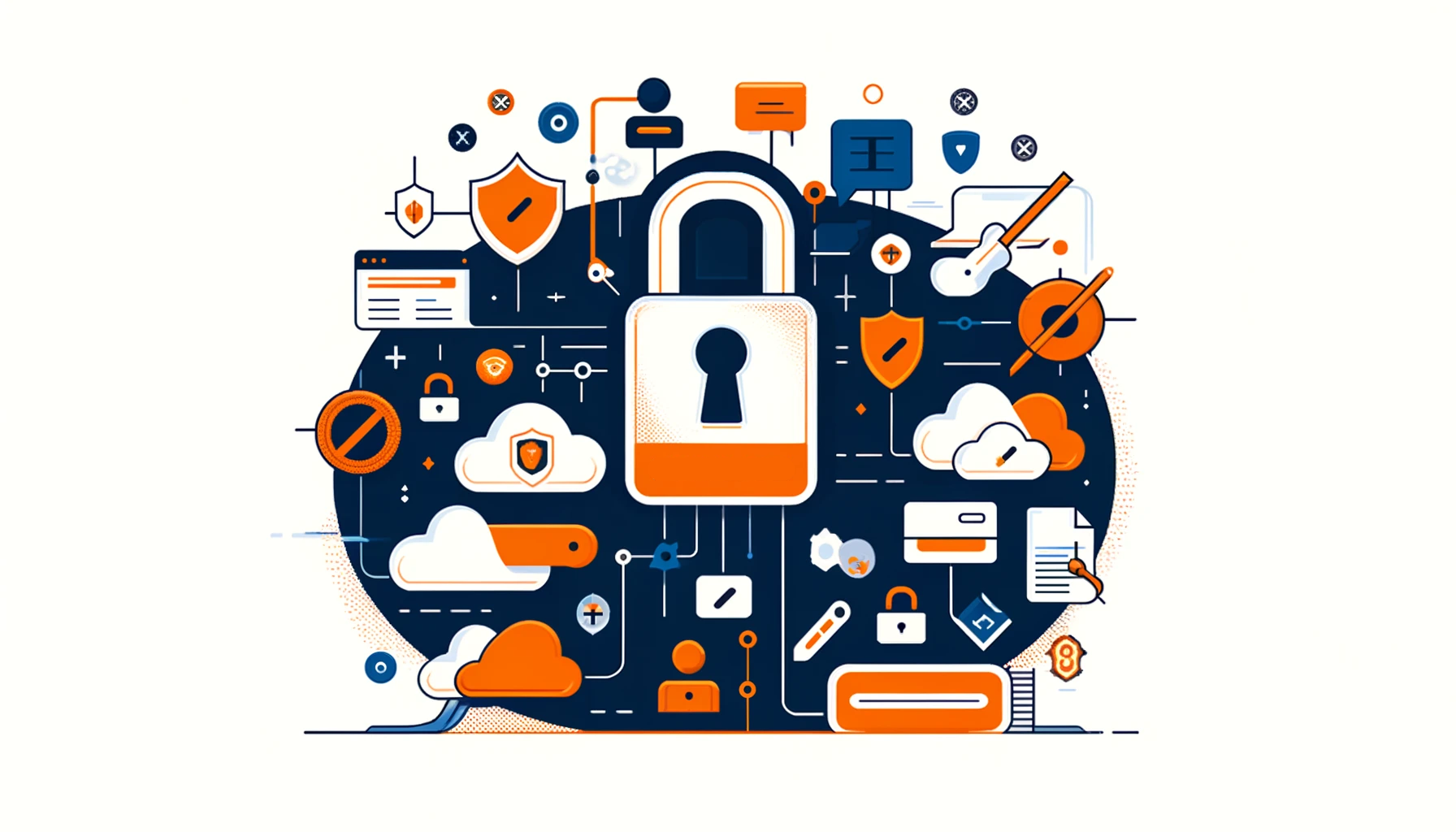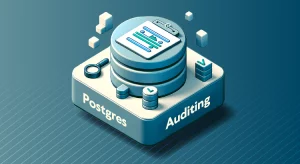
Privilege Creep: Risks, Prevention, and Role-Based Access Control (RBAC) Solutions

Introduction
In the world of database security, the concept of privilege creep is a significant concern. Privilege creep occurs when users accumulate more access rights than necessary over time, potentially compromising the security and integrity of sensitive data. This article will cover the basics of privilege creep, its implications, and ways to prevent and reduce its risks. We will also look at how Role-Based Access Control (RBAC) helps manage database access and prevents privilege creep.
What is Privilege Creep?
Privilege creep is a gradual process where users gain additional access rights beyond their initial job requirements. This can happen due to various reasons, such as:
- Job role changes without revoking previous access rights
- Temporary access granted for specific tasks but not revoked afterward
- Lack of regular access reviews and audits
Over time, users may accumulate excessive privileges, leading to potential security breaches and data misuse.
Example: Let’s consider a scenario where an employee, John, starts as a junior database administrator. Initially, his role grants him limited access to specific databases. As John takes on new responsibilities and projects, his access rights increase. John may have more privileges than necessary for his job if he retains rights he no longer needs.
People know this situation as privilege creep.
Risks of Privilege Creep
Privilege creep poses significant risks to database security:
Unauthorized data access
Users with excessive privileges, such as system administrators or high-level executives, have the ability to access and manipulate sensitive data within an organization. Authorized personnel should access financial records, personal information, intellectual property, and other confidential data.
When people with too much access misuse it, it can cause data breaches, privacy violations, and security risks. Organizations need to carefully watch and limit access to important data to stop unauthorized entry. This keeps their information systems safe. Regular audits and reviews of user privileges can help identify and mitigate potential risks associated with excessive access rights.
Data breaches
Hackers have the ability to take advantage of compromised user accounts that have been granted elevated privileges within a system or network. Hackers can steal important information and cause harm to the organization by accessing these accounts. This attack is very dangerous because it lets hackers get around security and access important things in the system.
Organizations must regularly check and protect user accounts with high privileges to stop unauthorized access and prevent data breaches. Additionally, implementing strong authentication methods and regularly updating security protocols can help mitigate the risk of hackers exploiting compromised user accounts.
Compliance violations
Organizations might not follow rules like GDPR or HIPAA because they don’t control access properly. Access controls are rules and tools that make sure only authorized people can access important data. These controls are put in place to protect sensitive information and prevent unauthorized access.
They help to maintain the security and integrity of the company’s data and systems. Access controls play a crucial role in safeguarding against potential security breaches and data leaks. If access controls are not set up correctly or followed, unauthorized people could access important information. This could lead to data breaches and non-compliance with rules.
Not following rules such as GDPR and HIPAA can result in severe consequences for organizations. This can include facing hefty fines, being sued, damaging their reputation, and losing the trust of their customers. Organizations must regularly update access controls to comply with regulations and best practices for data security.
This could involve using strong methods to verify your identity. It could also mean restricting access to important information to only certain individuals. Keeping a record of who accesses the information is another important step. Additionally, educating employees on how to protect data is crucial.
By prioritizing proper access controls, organizations can mitigate the risk of regulatory non-compliance and protect the confidentiality, integrity, and availability of their sensitive information.
Preventing Privilege Creep with RBAC
Role-Based Access Control (RBAC) is an effective approach to prevent privilege creep in database access management. RBAC assigns access rights based on well-defined roles and responsibilities rather than individual users. Here’s how RBAC helps:
- Granular access control: RBAC allows fine-grained access control based on job functions and responsibilities.
- The principle of least privilege grants users only the minimum privileges necessary to perform their tasks.
- Regular access reviews: RBAC facilitates periodic reviews of user roles and access rights to identify and revoke unnecessary privileges.
Example: Let’s revisit John’s scenario using RBAC. Instead of granting John individual access rights, assign him a role, such as “Junior DBA.” This role has predefined access rights aligned with his job responsibilities. As John’s role changes, his access rights are updated accordingly, ensuring he only has the necessary privileges for his current position.
Implementing RBAC in Database Access Control
To implement RBAC in database access control, follow these steps:
- Define roles and responsibilities: Identify distinct job functions and map them to specific roles.
- Assign privileges to roles: Determine the access rights required for each role and assign them accordingly.
- Assign users to roles: Assign users to appropriate roles based on their job responsibilities.
- Regularly review and audit: Conduct periodic reviews of user roles and access rights to identify and revoke unnecessary privileges.
Example: Consider a database containing sensitive customer information. Using RBAC, you can define roles such as “Customer Service Representative,” “Marketing Analyst,” and “Database Administrator.” Each role is assigned specific privileges:
- Customer Service Representative: READ access to customer details
- Marketing Analyst: READ access to customer demographics and purchase history
- Database Administrator: FULL access to manage the database
Users are then assigned to these roles based on their job functions, ensuring they have access only to the data necessary for their tasks.
Fixing Privilege Creep
If privilege creep has already occurred, follow these steps to remediate the situation:
- Conduct a thorough access audit: Review all user accounts and their assigned privileges.
- Identify excessive privileges: Determine which users have more access rights than necessary for their current roles.
- Revoke unnecessary privileges: Remove excessive access rights from user accounts.
- Implement RBAC: Establish an RBAC system to prevent future privilege creep.
During an access audit, the team discovers that a former employee’s account still has active privileges. The system immediately deactivates the account and revokes the associated privileges. Additionally, we implement an RBAC system to ensure that we properly manage access rights moving forward.
Conclusion
Privilege creep is a serious concern in database access control, potentially leading to data breaches and compliance violations. By understanding the risks and implementing Role-Based Access Control (RBAC), organizations can effectively prevent and mitigate privilege creep. Regular access reviews, audits, and the principle of least privilege are crucial in maintaining a secure database environment. By following these tips, companies can keep important information safe, follow rules, and make sure their databases are secure.
DataSunrise
DataSunrise offers a comprehensive suite of user-friendly and flexible tools for database security, data masking, and compliance. Our solutions empower organizations to implement robust access controls, monitor database activity, and protect sensitive data from unauthorized access. With DataSunrise, companies can effectively manage privilege creep and ensure the security of their database environments. To learn more about DataSunrise’s capabilities, visit our website and schedule an online demo with the team of experts.
